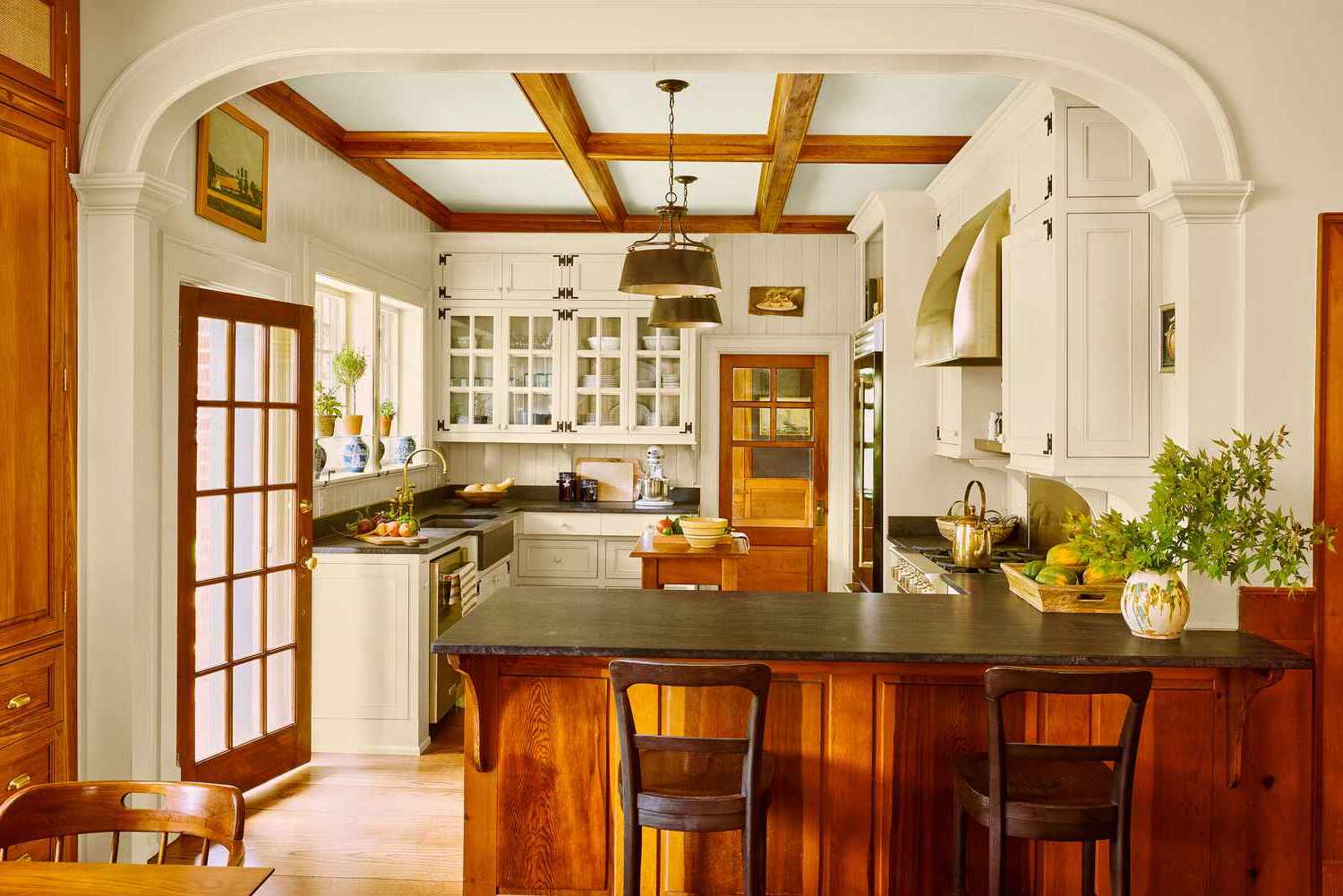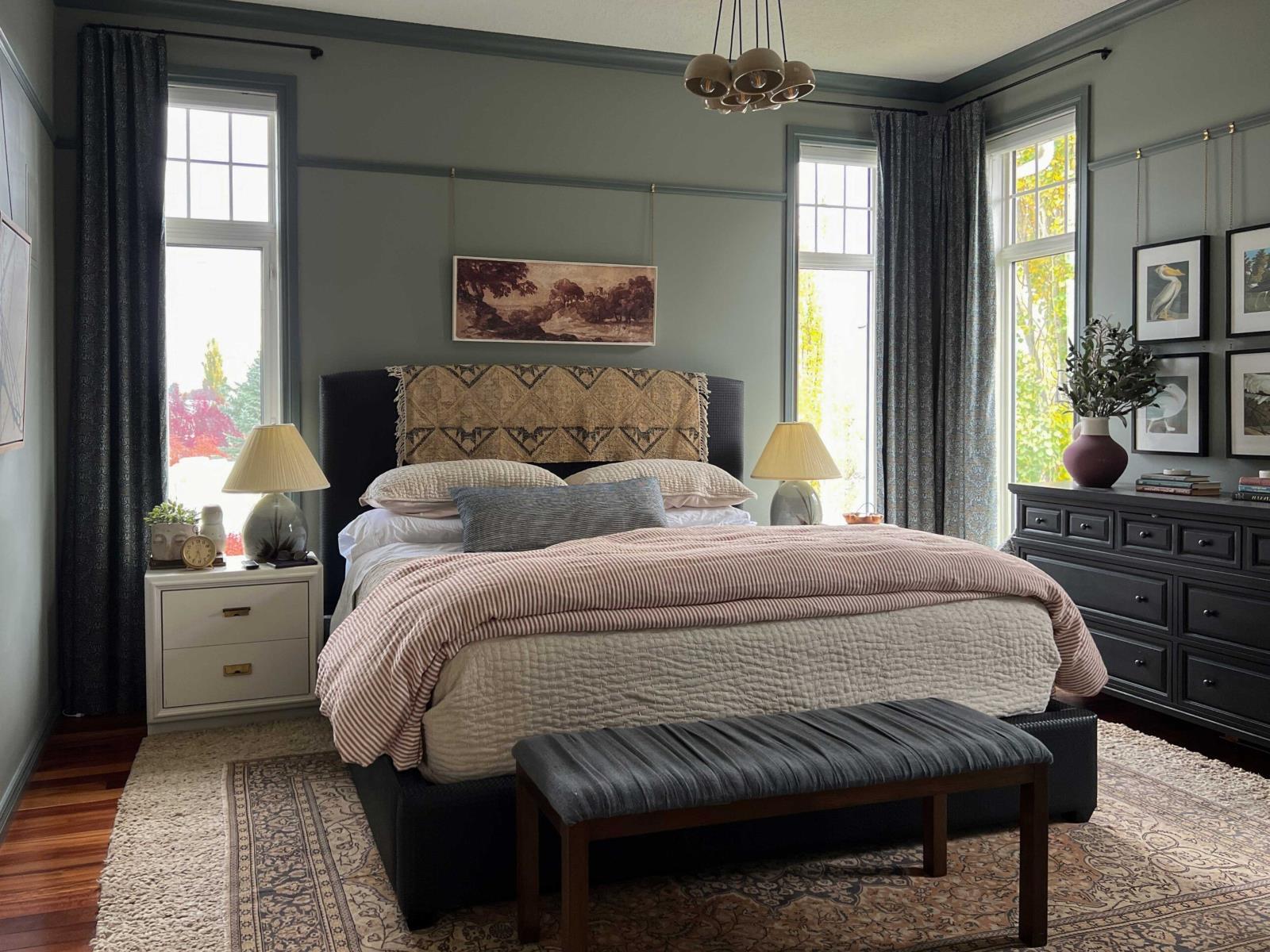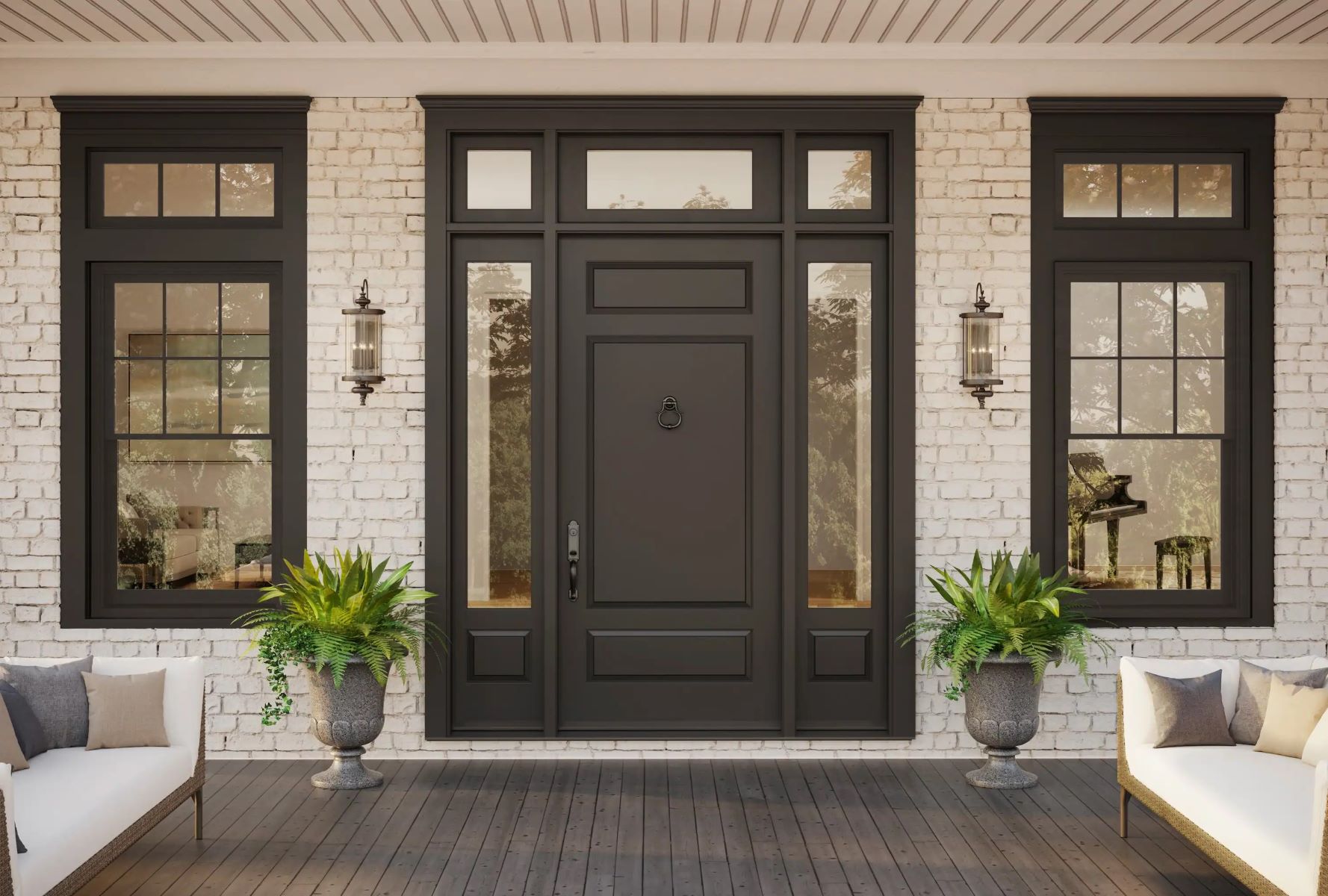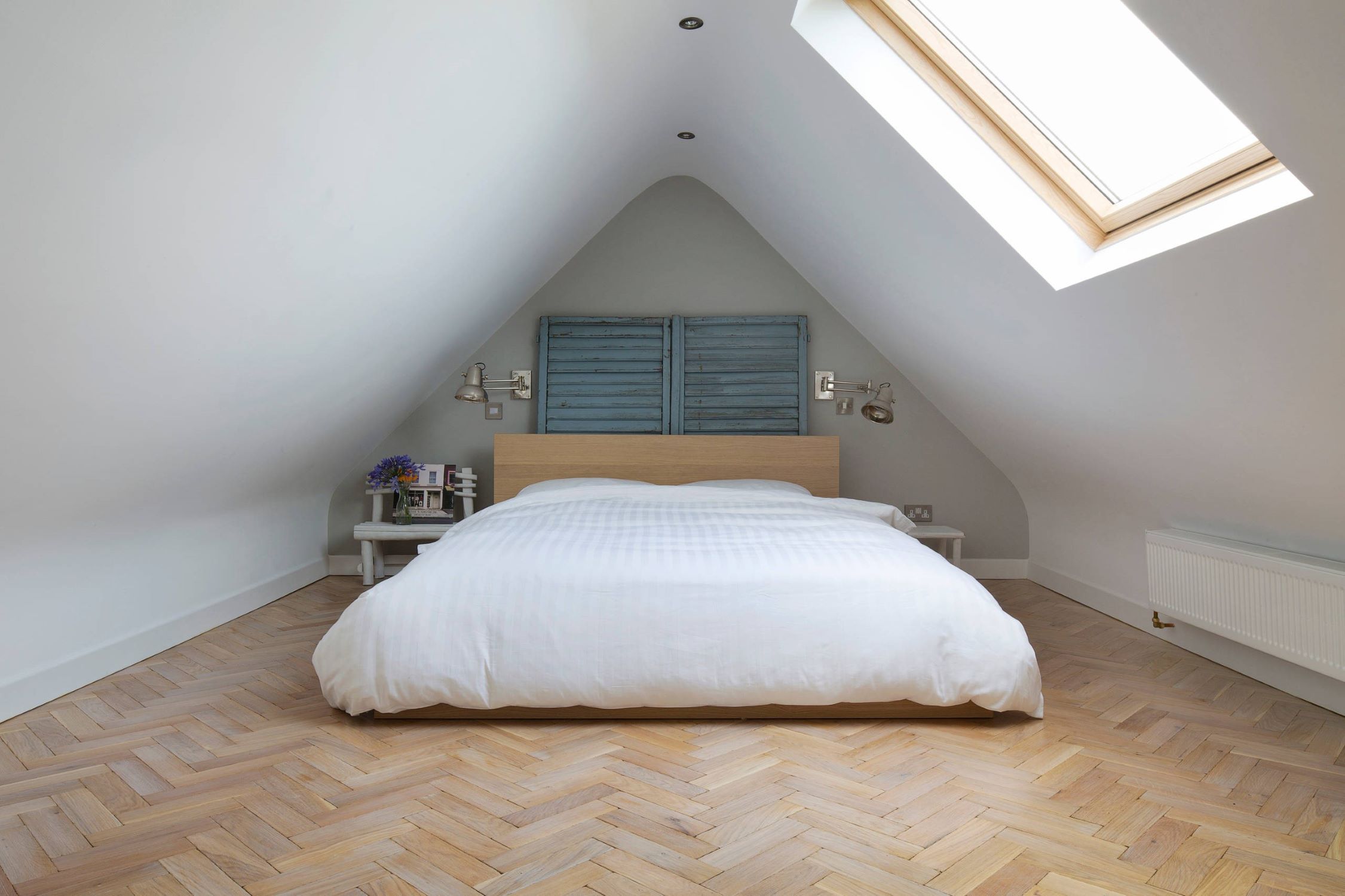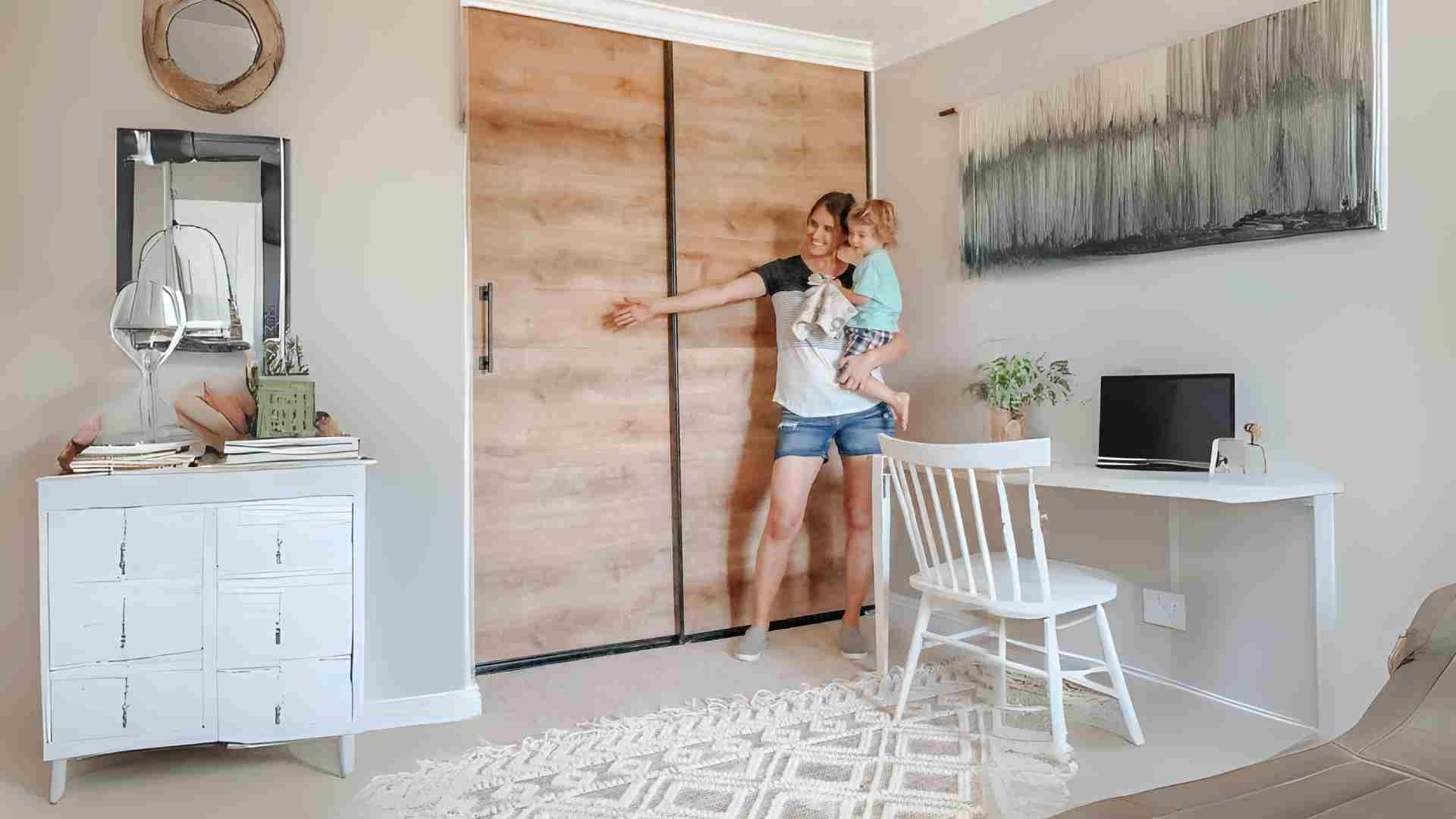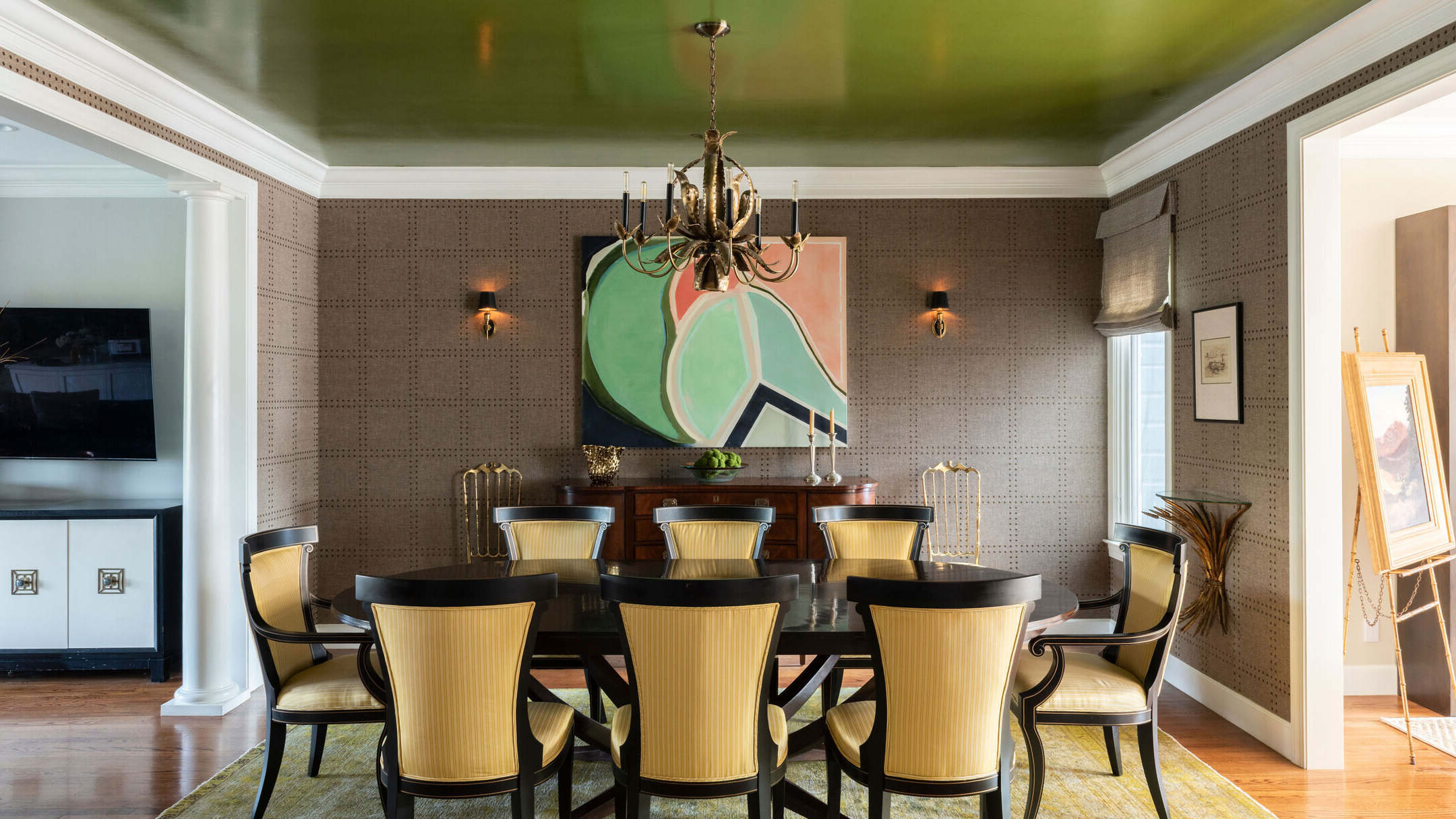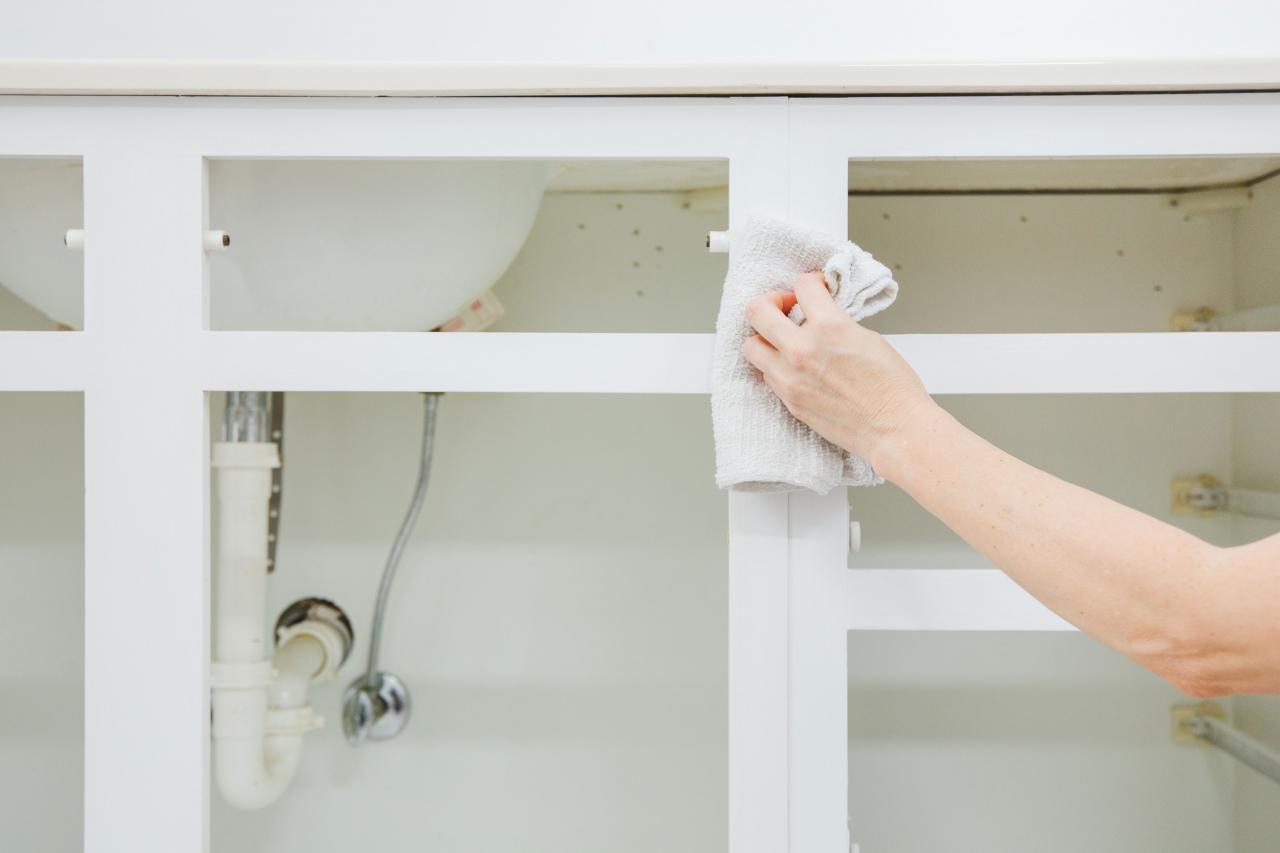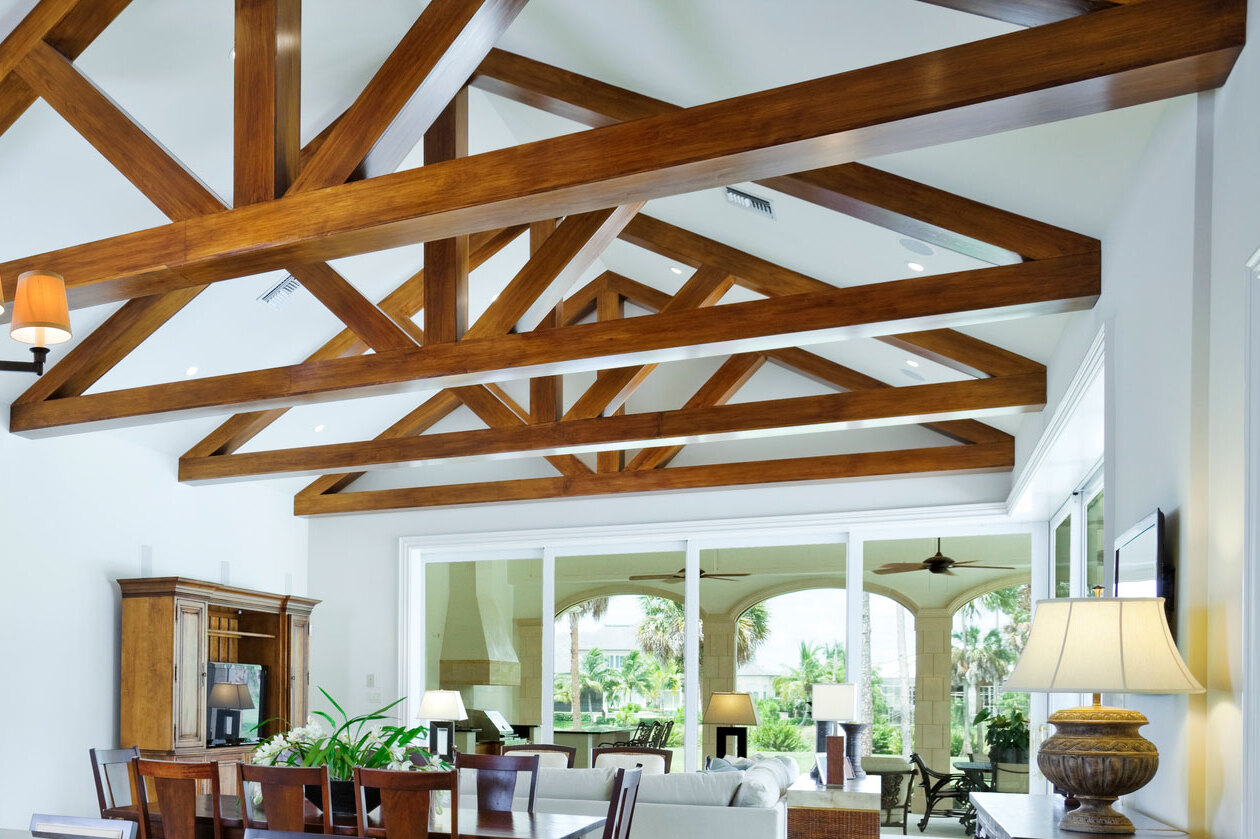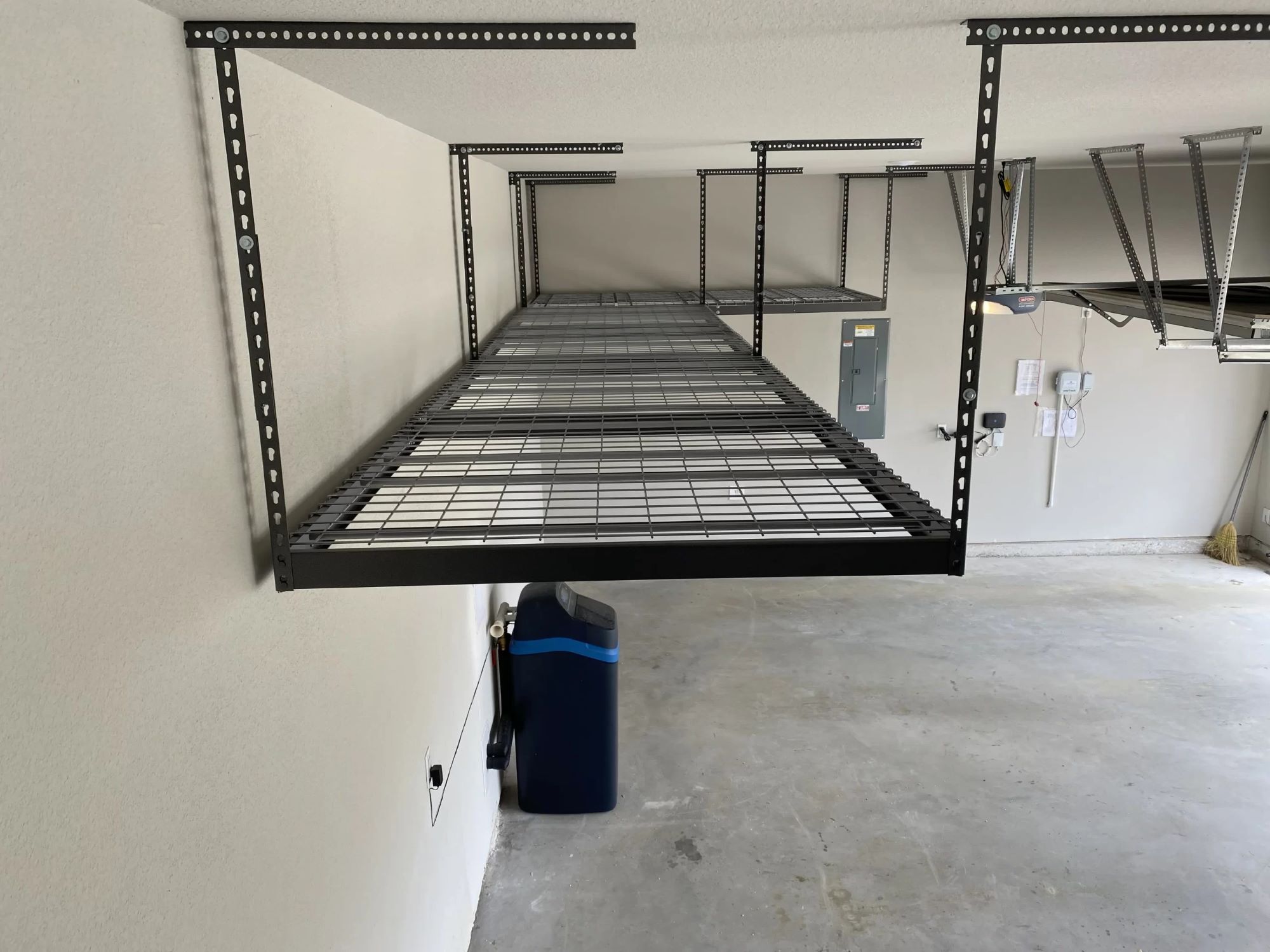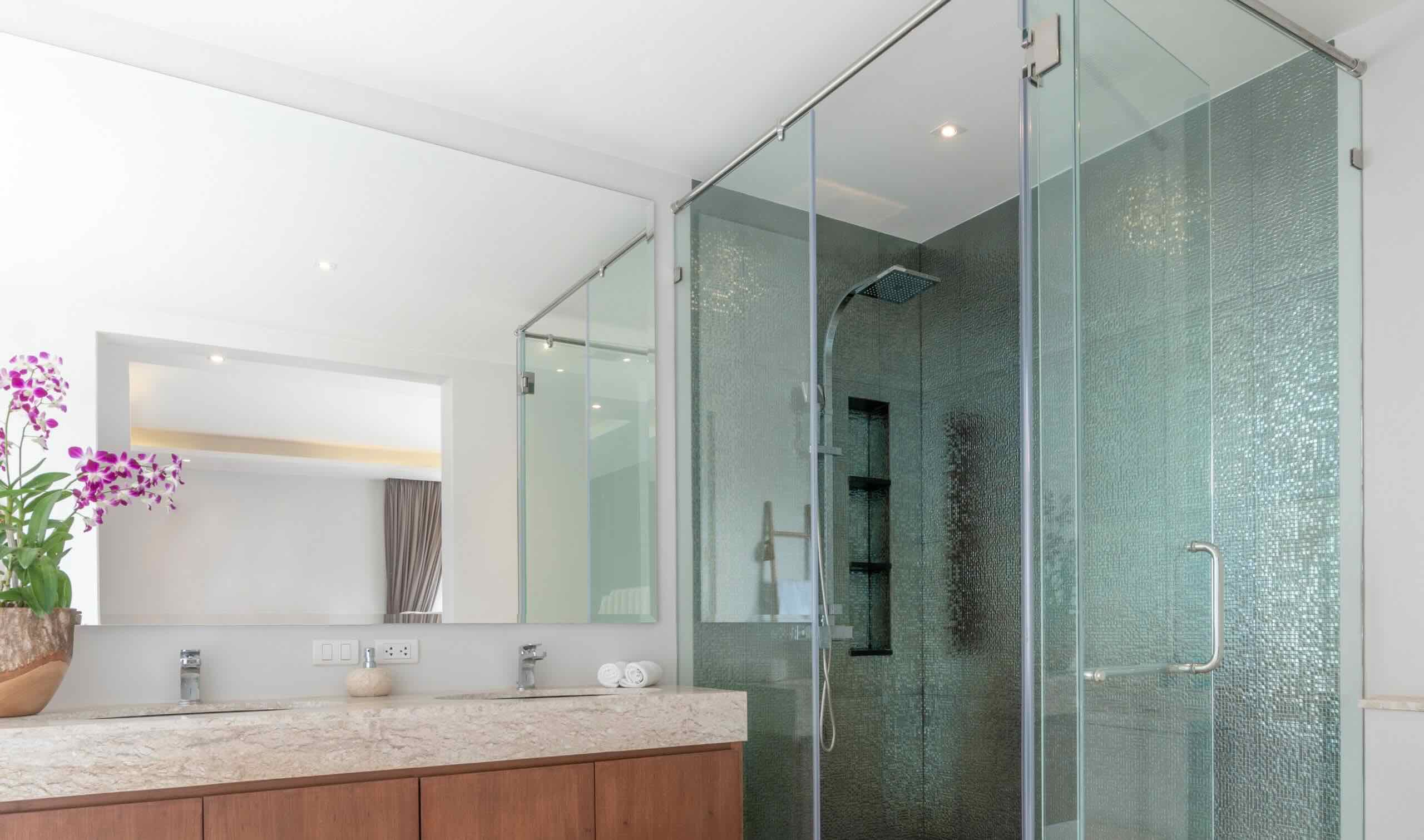Home>Create & Decorate>DIY & Crafts>DIY Ceiling Beams: Transform Your Space With These Step-by-Step Instructions
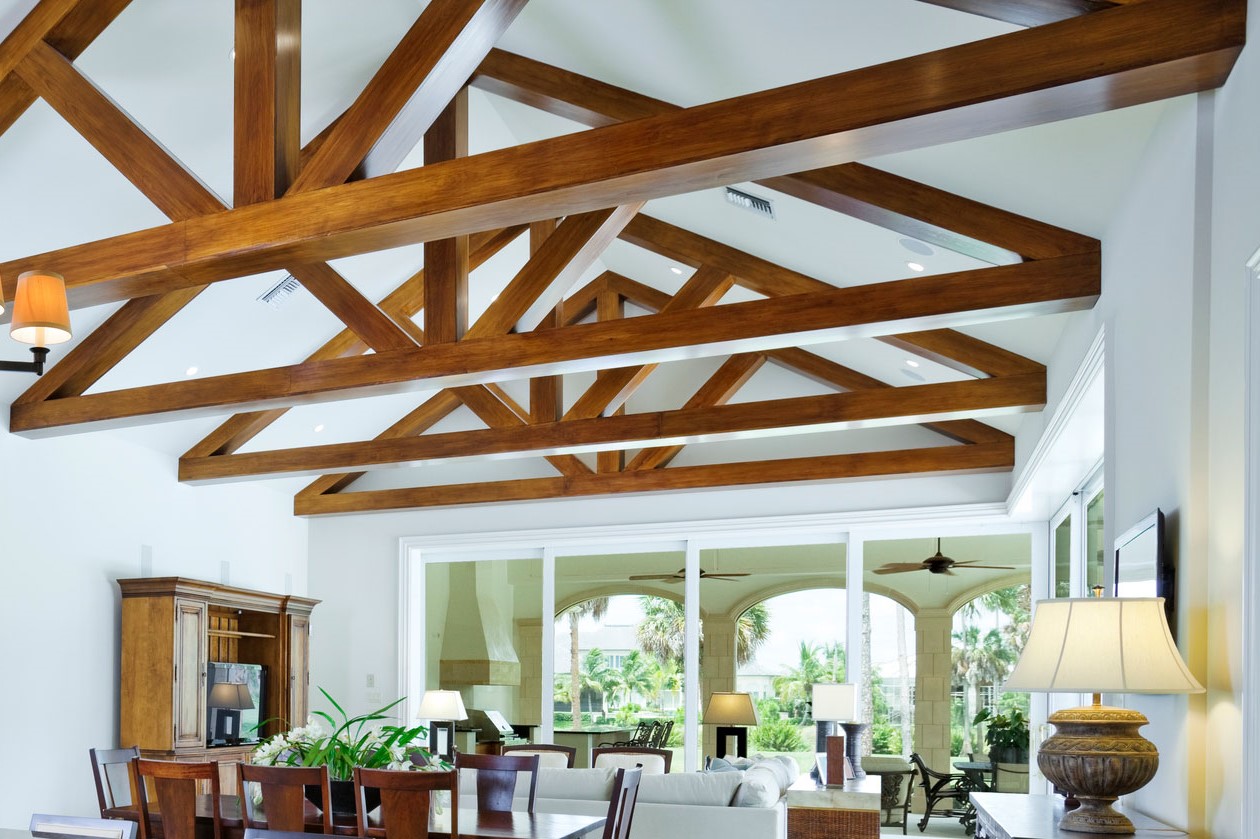

DIY & Crafts
DIY Ceiling Beams: Transform Your Space With These Step-by-Step Instructions
Published: May 29, 2024

Senior Editor in Create & Decorate, Kathryn combines traditional craftsmanship with contemporary trends. Her background in textile design and commitment to sustainable crafts inspire both content and community.
Transform your space with our step-by-step DIY ceiling beams guide. Add character and charm to your home with these easy DIY & Crafts instructions.
(Many of the links in this article redirect to a specific reviewed product. Your purchase of these products through affiliate links helps to generate commission for Twigandthistle.com, at no extra cost. Learn more)
Introduction
Are you looking to add a touch of rustic charm or architectural interest to your space? DIY ceiling beams could be the perfect solution. Whether you want to create a cozy farmhouse feel or add a sense of grandeur to your home, installing faux or real wood beams can transform the look and feel of any room. In this guide, we'll walk you through the step-by-step process of adding ceiling beams to your space, providing you with the knowledge and confidence to take on this rewarding home improvement project. Let's get started!
Read more: DIY Garage Ceiling Ideas
Choosing the Right Materials
When it comes to choosing the materials for your DIY ceiling beams, there are a few options to consider. Whether you opt for real wood or faux beams, it's essential to select materials that align with your desired aesthetic and budget. Here are some popular choices to consider:
1. Real Wood Beams
- Reclaimed Wood: If you're aiming for an authentic, weathered look, consider using reclaimed wood beams. These beams add character and history to your space.
- Hardwood: For a more polished and refined appearance, hardwood beams are an excellent choice. Woods like oak, maple, or cherry can bring a touch of elegance to your ceiling.
2. Faux Wood Beams
- Polyurethane Beams: Faux beams made of polyurethane are lightweight, easy to install, and come in a variety of finishes that mimic the look of real wood.
- High-Density Foam: Another option for faux beams is high-density foam, which offers versatility in design and is a cost-effective alternative to real wood.
3. Additional Materials
- Hardware: Depending on the type of beams you choose, you'll need the appropriate hardware for installation, such as brackets, screws, and adhesive.
- Finishing Products: Whether you opt for real or faux beams, you'll need stain, paint, or sealant to enhance and protect the appearance of the beams.
Before making a decision, consider the overall style of your home, the structural requirements of your space, and your personal preferences. By choosing the right materials, you can ensure that your DIY ceiling beams not only look fantastic but also stand the test of time.
Read more: DIY Ceiling Kayak Garage Storage Guide
Measuring and Planning
Before diving into the installation process, it's crucial to take accurate measurements and develop a solid plan for your DIY ceiling beams. Here's how to get started:
-
Measure the Ceiling: Use a tape measure to determine the length and width of the ceiling where the beams will be installed. Take note of any obstacles such as light fixtures, vents, or ceiling fans that may impact the placement of the beams.
-
Create a Layout: Once you have the measurements, create a layout plan for the beams. Consider the spacing between each beam and how they will align with the existing features of the room. This step is essential for achieving a balanced and visually appealing result.
-
Mark the Installation Points: Using a pencil, mark the spots on the ceiling where the beams will be installed. This will serve as a guide during the installation process and ensure that the beams are positioned accurately.
-
Account for Lighting and Wiring: If you plan to incorporate lighting within the beams or have existing wiring on the ceiling, factor this into your plan. Make accommodations for any electrical work that may be necessary before installing the beams.
-
Double-Check Your Plan: Before moving on to the next steps, review your measurements and layout plan to ensure everything aligns with your vision for the space. Making adjustments at this stage can save time and prevent potential issues during installation.
By taking the time to measure and plan meticulously, you'll set the stage for a successful installation and ensure that your DIY ceiling beams enhance the overall aesthetic of your home.
Cutting and Installing the Beams
Now that you've chosen the materials and planned the layout, it's time to dive into the exciting phase of cutting and installing the beams. This step-by-step process will guide you through the transformation of your space with the addition of stunning ceiling beams.
1. Cutting the Beams
-
Measure Twice, Cut Once: Using the measurements from your planning phase, carefully mark the cutting lines on the beams. Remember the old carpenter's adage: measure twice, cut once. This will help ensure precision and accuracy in the cutting process.
-
Use the Right Tools: Depending on the type of beams you've chosen, you may need a saw suitable for cutting wood or a specialized tool for faux beams. Ensure that your cutting tools are sharp and appropriate for the material to achieve clean and precise cuts.
-
Safety First: When cutting the beams, prioritize safety by wearing protective gear such as goggles and gloves. If you're using power tools, follow all safety guidelines and instructions provided by the manufacturer.
2. Installing the Beams
-
Secure the Mounting Hardware: If your beams require mounting hardware, such as brackets or clips, follow the manufacturer's instructions to secure them to the ceiling. Use a stud finder to locate ceiling joists for optimal support.
-
Lift and Position: Enlist the help of a friend or family member to assist with lifting and positioning the beams. Carefully place the beams onto the mounting hardware, ensuring that they align with your layout plan.
-
Fasten and Secure: Once the beams are in position, use screws or adhesive, depending on the type of beams, to fasten them securely to the ceiling. Take your time to ensure that each beam is level and properly aligned with the markings from your layout plan.
-
Finishing Touches: If you're installing multiple beams, ensure that they are evenly spaced and parallel to each other. Double-check the alignment and make any necessary adjustments before fully securing the beams in place.
By following these steps, you'll be well on your way to completing the installation of your DIY ceiling beams. With careful attention to detail and precision, you can achieve a professional-looking result that enhances the visual appeal of your space.
Read more: DIY Basement Ceiling Ideas
Finishing Touches and Decoration
After the installation of the DIY ceiling beams, it's time to add the finishing touches and incorporate decorative elements that will elevate the overall look of your space. Here's how to bring your vision to life with thoughtful details and creative embellishments:
-
Staining or Painting: Depending on the material you've chosen for your beams, consider staining or painting them to complement the existing color scheme of the room. For real wood beams, a rich stain can enhance the natural beauty of the wood, while faux beams can be painted to achieve a desired finish. Take into account the overall aesthetic you want to achieve, whether it's a rustic, weathered look or a sleek, modern appearance.
-
Faux Finishing Techniques: If you've opted for faux wood beams, explore faux finishing techniques to add depth and texture. Techniques such as distressing, glazing, or antiquing can create the illusion of age and character, adding an authentic touch to the beams.
-
Incorporating Lighting: Consider integrating lighting within or around the beams to create a warm and inviting ambiance. Recessed lighting, pendant lights, or LED strips can be strategically placed to highlight the architectural features of the beams and illuminate the space.
-
Accessorizing the Beams: Add decorative elements to the beams, such as corbels, metal straps, or decorative hardware, to enhance their visual appeal. These details can contribute to the overall style of the room, whether it's a traditional, farmhouse-inspired look or a more contemporary design.
-
Ceiling Medallions: For a touch of elegance, consider installing ceiling medallions around light fixtures or at the intersections of the beams. These ornamental details can create a focal point and add a sense of grandeur to the space.
-
Customization and Personalization: Get creative with customization by incorporating unique details that reflect your personal style. Whether it's hand-painted designs, stenciled patterns, or custom engravings, adding personalized touches can make the beams truly one-of-a-kind.
By paying attention to the finishing touches and incorporating decorative elements, you can transform your DIY ceiling beams into a stunning focal point that enhances the character and charm of your space. Whether you aim for a rustic, cozy atmosphere or a refined, sophisticated look, the details you add will contribute to the overall impact of the ceiling beams in your home.
Conclusion
In conclusion, adding DIY ceiling beams to your space can be a rewarding and transformative home improvement project. Whether you opt for real wood beams for a natural, rustic appeal or faux beams for a cost-effective alternative, the process of measuring, planning, cutting, and installing the beams can breathe new life into any room. By carefully selecting materials that align with your aesthetic vision, taking precise measurements, and incorporating thoughtful finishing touches, you can create a visually stunning and impactful feature in your home. The addition of ceiling beams not only adds architectural interest but also contributes to the overall ambiance and character of the space. With the step-by-step instructions provided in this guide, you now have the knowledge and confidence to embark on this exciting journey of transforming your space with DIY ceiling beams.


